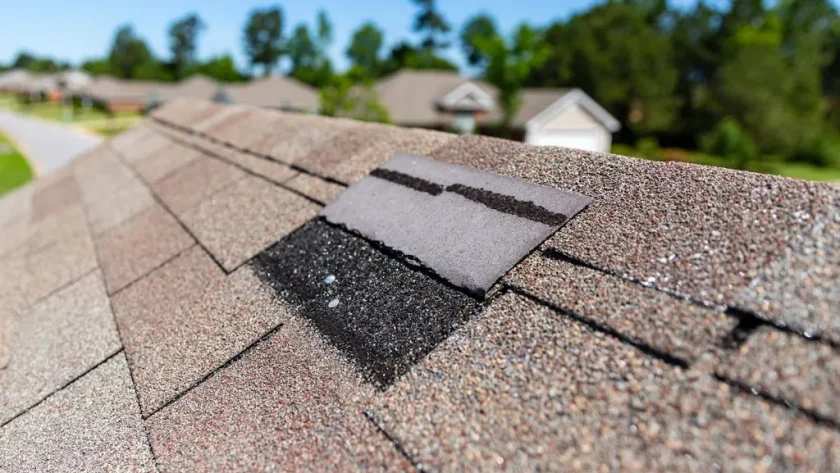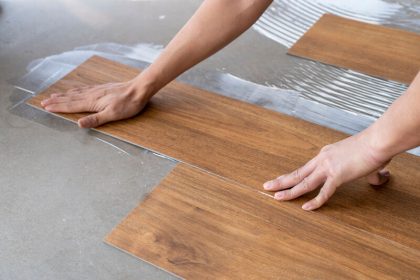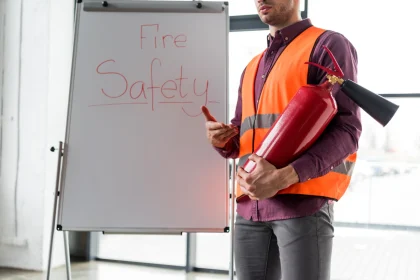Most homeowners don’t spend much time thinking about their roof until problems become obvious—leaks, missing shingles, or visible damage. However, understanding your roof’s age and expected lifespan is crucial for protecting your home and avoiding costly emergency repairs. Different roofing materials have vastly different lifespans, and knowing when to plan for replacement can save you thousands of dollars and prevent serious water damage.
Understanding Roofing Material Lifespans
The type of material on your roof significantly impacts how long it will last. Asphalt shingles, the most common roofing material in residential applications, typically last 20-30 years depending on quality and environmental conditions. Clay and concrete tiles can endure 50-100 years, while metal roofing often lasts 40-70 years. Slate roofs can last over a century with proper maintenance, though they require specialized installation and repair expertise.
Weather conditions play a major role in determining actual lifespan. Roofs in areas with extreme temperature fluctuations, heavy snow loads, or frequent severe weather may need replacement sooner than those in milder climates. UV exposure from intense sunlight can also accelerate deterioration, particularly for asphalt-based materials.
Warning Signs It’s Time to Consider Replacement
Even if your roof hasn’t reached its expected lifespan, certain warning signs indicate it may be time for replacement. Curling or buckling shingles, granule loss leaving bare spots, cracked or damaged flashing, and daylight visible through roof boards all suggest significant deterioration. Multiple leaks, sagging areas, or widespread moss and algae growth can also indicate systemic problems that may be more cost-effective to address through replacement rather than repairs.
Interior signs are equally important to monitor. Water stains on ceilings or walls, musty odors suggesting mold growth, or increased energy bills due to poor insulation can all trace back to roof problems. Don’t ignore these subtle indicators—they often appear before exterior damage becomes obvious.
The Financial Benefits of Proactive Planning
Planning roof replacement before emergency situations arise offers significant financial advantages. Emergency repairs and replacements typically cost 20-30% more than planned projects due to urgency fees, limited contractor availability, and potential additional damage from delays. Insurance companies may also provide better coverage for planned replacements compared to emergency claims, particularly if maintenance records demonstrate responsible homeownership.
Proactive replacement also allows time for research, obtaining multiple quotes, and scheduling work during favorable weather conditions. This preparation often results in better workmanship and materials selection, ultimately extending the new roof’s lifespan.
Making the Investment Decision
When evaluating replacement timing, consider factors beyond just age and visible damage. If you’re planning other home improvements, coordinating roofing work can reduce overall costs and disruption. Similarly, if you’re considering selling your home within the next few years, a new roof can significantly boost curb appeal and property value.
Energy efficiency improvements available with modern roofing materials can also justify earlier replacement. Cool roofing technologies, improved ventilation systems, and enhanced insulation options can reduce energy costs and improve indoor comfort, providing ongoing value beyond basic weather protection.
Understanding your roof’s condition and planning appropriately protects one of your home’s most critical systems. Whether you’re dealing with an aging roof or simply want to understand what lies ahead, professional assessment can provide valuable insights into timing and options. LA Roofing Materials has seen firsthand how proactive planning helps homeowners make informed decisions that protect both their homes and their budgets.








